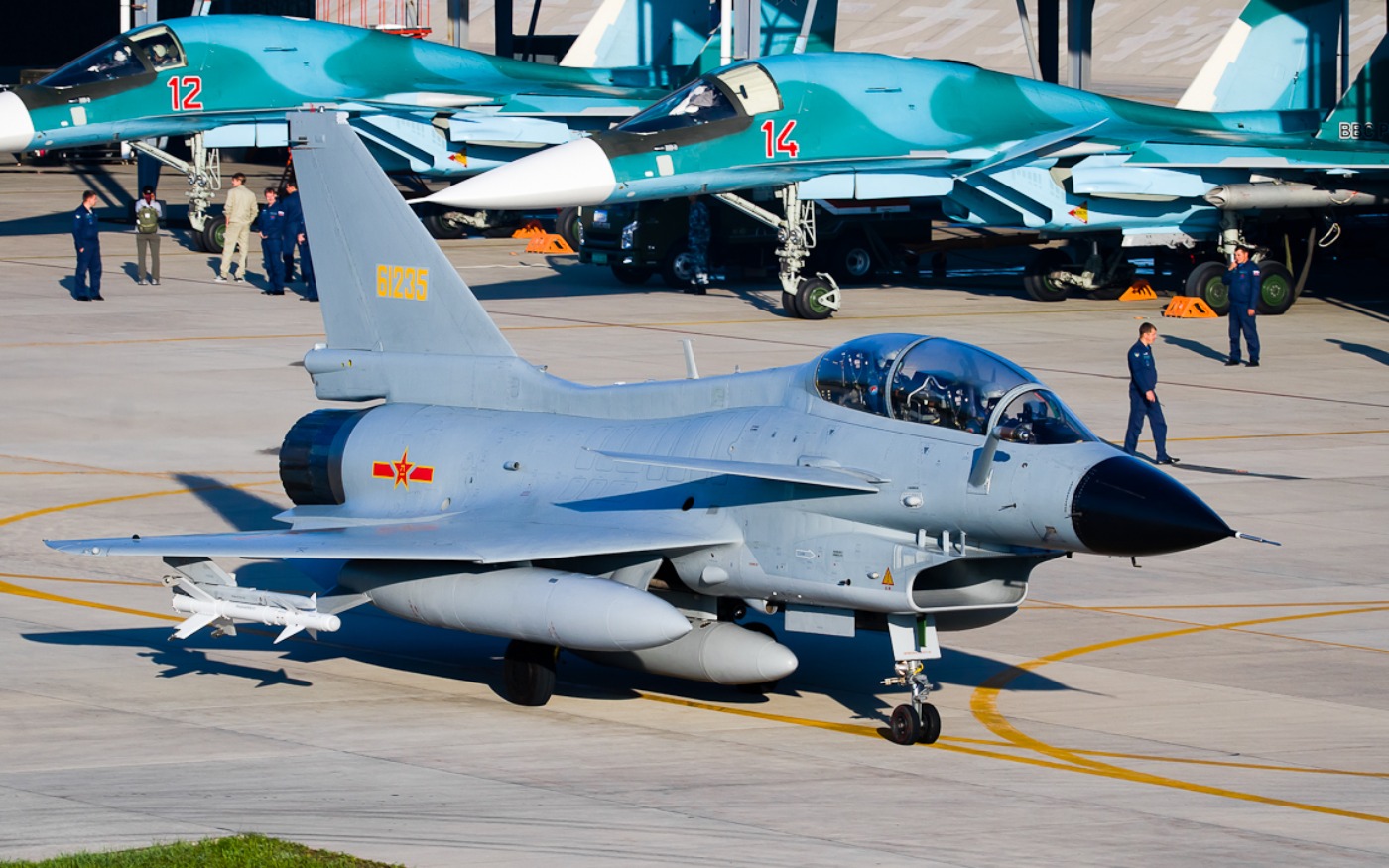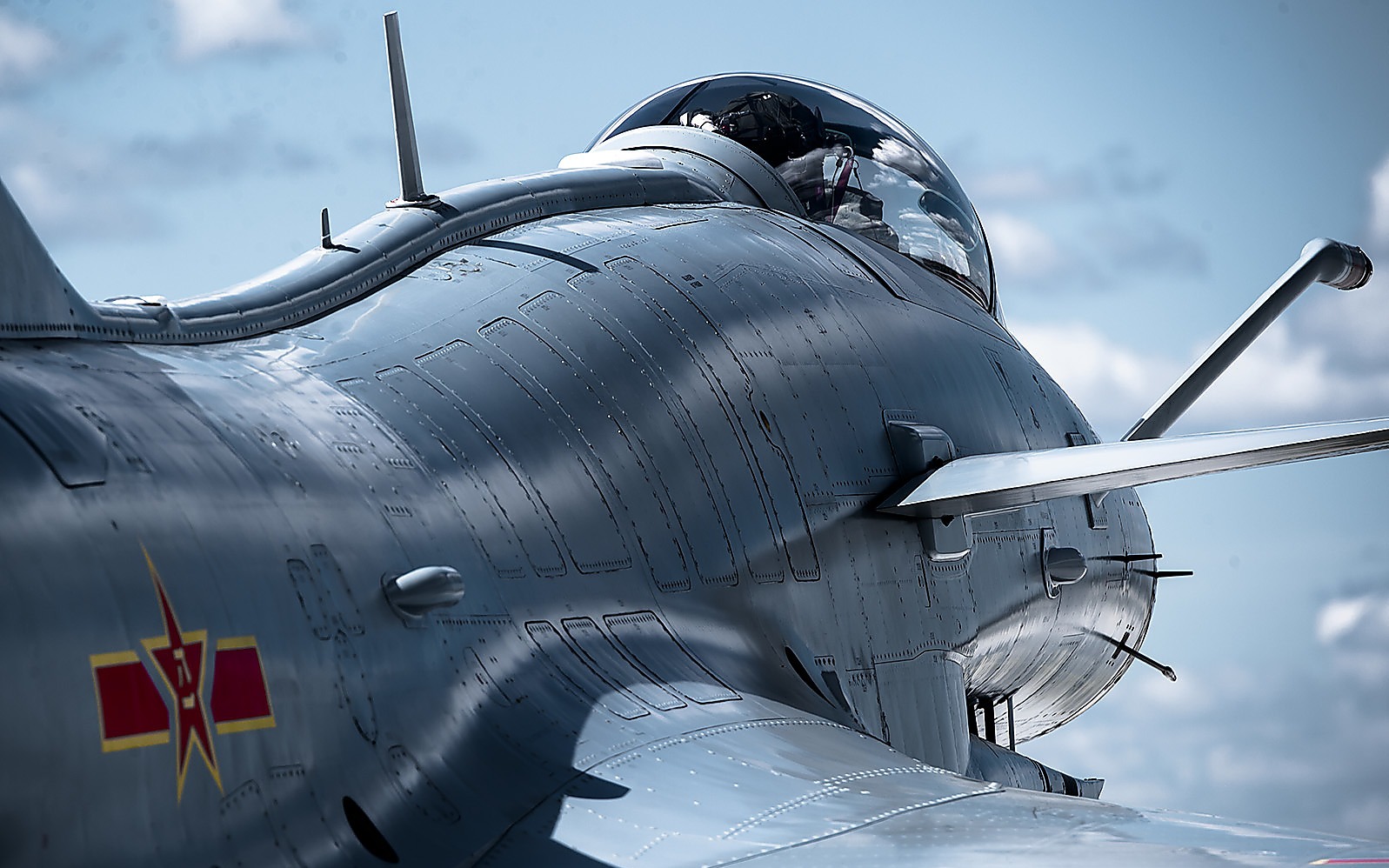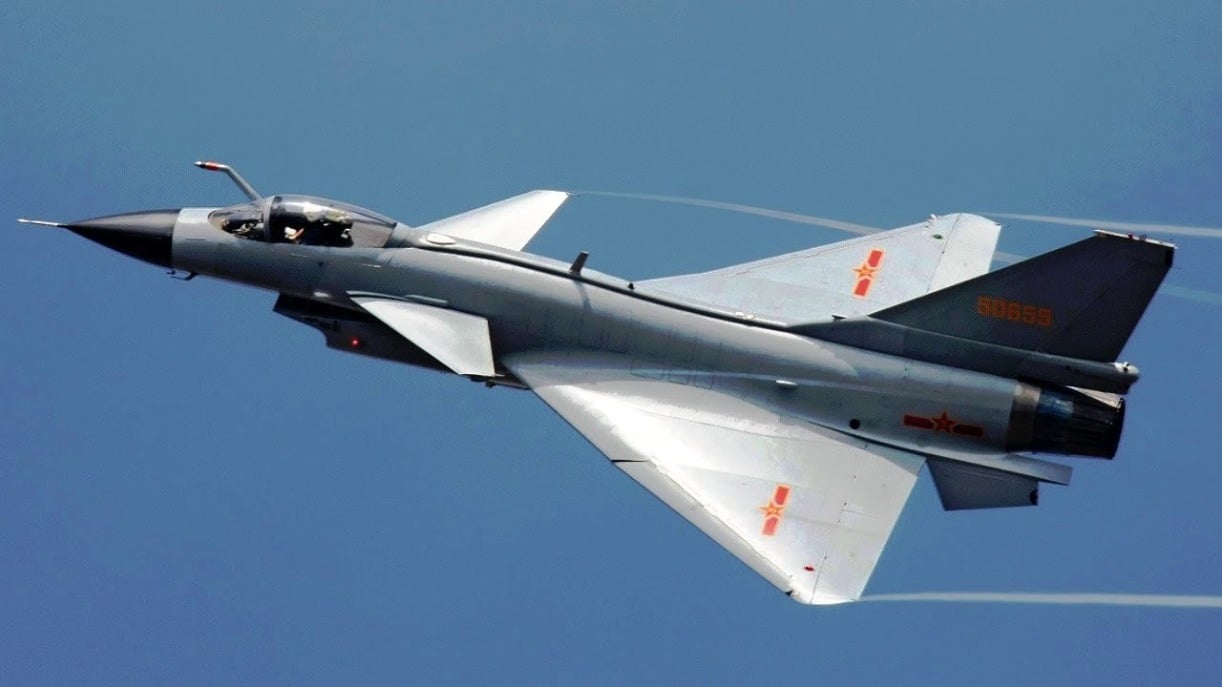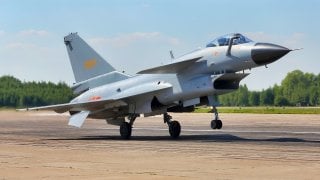China's J-10 Fighter: An F-16 'Copy' with Israeli DNA?
The J-10 Vigorous Dragon, often compared to the F-16, showcases Chinese engineering with foreign influence. Though resembling the F-16, the J-10 likely draws from Israel's IAI Lavi program, despite denials. Key differences include its delta wing and canard configuration, enhancing agility, especially at low speeds.
What You Need to Know: The J-10 Vigorous Dragon, often compared to the F-16, showcases Chinese engineering with foreign influence. Though resembling the F-16, the J-10 likely draws from Israel's IAI Lavi program, despite denials. Key differences include its delta wing and canard configuration, enhancing agility, especially at low speeds.

-The J-10's design is lightweight yet strong, using composite materials and metal alloys. It features 11 hardpoints for diverse payloads and is powered by a Russian AL-31FN turbofan engine, capable of reaching Mach 1.8.
-While not a direct F-16 replica, the J-10 stands as a formidable multirole fighter with high maneuverability.
J-10 Fighter Jet: China’s F-16 Look-Alike or Unique Design?
If imitation is a form of flattery, then Chengdu’s J-10 Vigorous Dragon fighter is a ringing endorsement of the F-16. At a glance the two fighters look alike, with a single, straight vertical stabilizer, one engine with its corresponding air intake directly centered on the fuselage, and a bubble canopy. But the J-10 is not the F-16 – they are more like distant cousins.
The Vigorous Dragon was likely modeled from an F-16 knock-off, the IAI Lavi.
Collaborating on the J-10?
In 1988, The Sunday Times reported that Israel and China had agreed to develop a fighter derived from the Lavi. Israel’s defense minister denied the report.
Nearly two decades later, however, in 2006, Russian engineers asserted that China’s J-10 was “more or less a version” of the Lavi that incorporated “a melting pot of foreign technology and acquired design methods…but there are a number of other pieces of other aircraft or techniques that are part of the configuration that they have acquired from different sources.”

Janes stated that the J-10 did in fact benefit from Israeli technology, reporting to have heard from Russian engineers who heard from their Chinese counterparts that the Chinese had collaborated with the Israelis. Granted, that’s a third-hand report – but the finished product seems to back it.
China insists that the J-10 does not steal from the IAI Lavi, but rather is derived from previous Chengdu designs like the canceled J-9, which also featured canards.
Designing the J-10
The J-10 was built from metal alloys and composite materials, resulting in a high-strength, low-weight airframe. The J-10’s most distinct departure from the F-16’s design is the Vigorous Dragon’s delta wing. Mid-mounted toward the rear of the fuselage, the J-10 features a large delta wing, plus a pair of high-mounted canards just below the cockpit. The configuration enables high agility, especially at low speeds.
It also reduces stall speed, which permits for lower airspeeds during instrument approaches. The J-10 also features a large vertical stabilizer directly atop the fuselage and small ventral fins beneath the fuselage, further enhancing stability.

The J-10 relies on a digital quadruplex-redundant fly-by-wire flight control system. This prevents the pilot from maneuvering beyond the flight envelope, a concern with canard aircraft, which are capable of turning within a very tight radius.
Designed for air-to-air and air-to-ground missions, the J-10 features 11 hardpoints beneath the fuselage and delta wings that can be configured with various weapons or drop tanks. In all, the J-10 can haul up to 12,300 pounds of bombs, missiles, and drop tanks.
The J-10 relies on a single turbofan engine, the Russian-made Salyut AL-31FN, capable of generating 28,000 pounds of thrust. The aircraft can reach a maximum speed of Mach 1.8, with a service ceiling of 59,000 feet. The J-10 is no slouch with respect to raw engine performance.
About the Author: Harrison Kass
Harrison Kass is a defense and national security writer with over 1,000 total pieces on issues involving global affairs. An attorney, pilot, guitarist, and minor pro hockey player, Harrison joined the US Air Force as a Pilot Trainee but was medically discharged. Harrison holds a BA from Lake Forest College, a JD from the University of Oregon, and an MA from New York University. Harrison listens to Dokken.
Image Credit: Creative Commons and/or Shutterstock..


